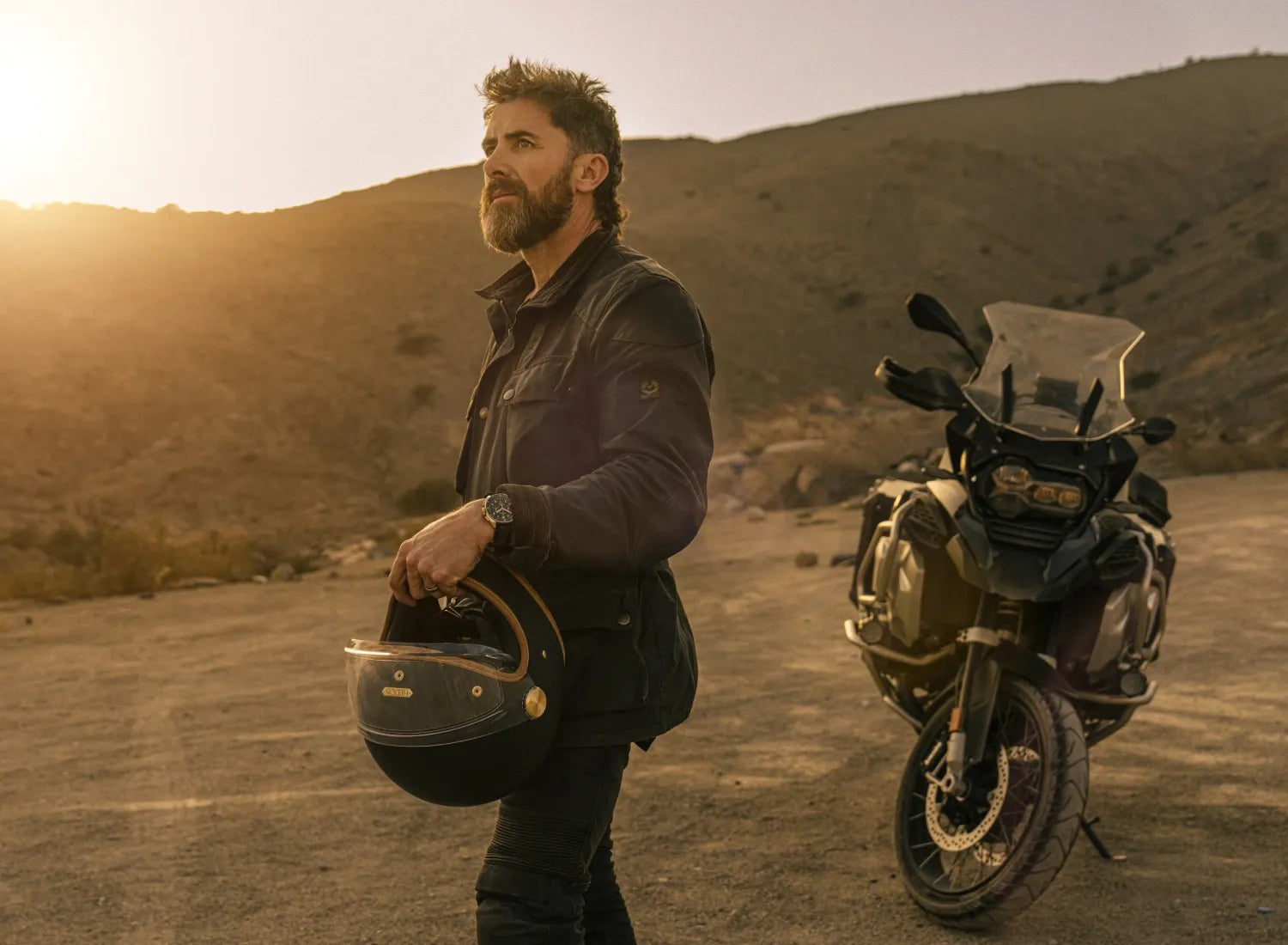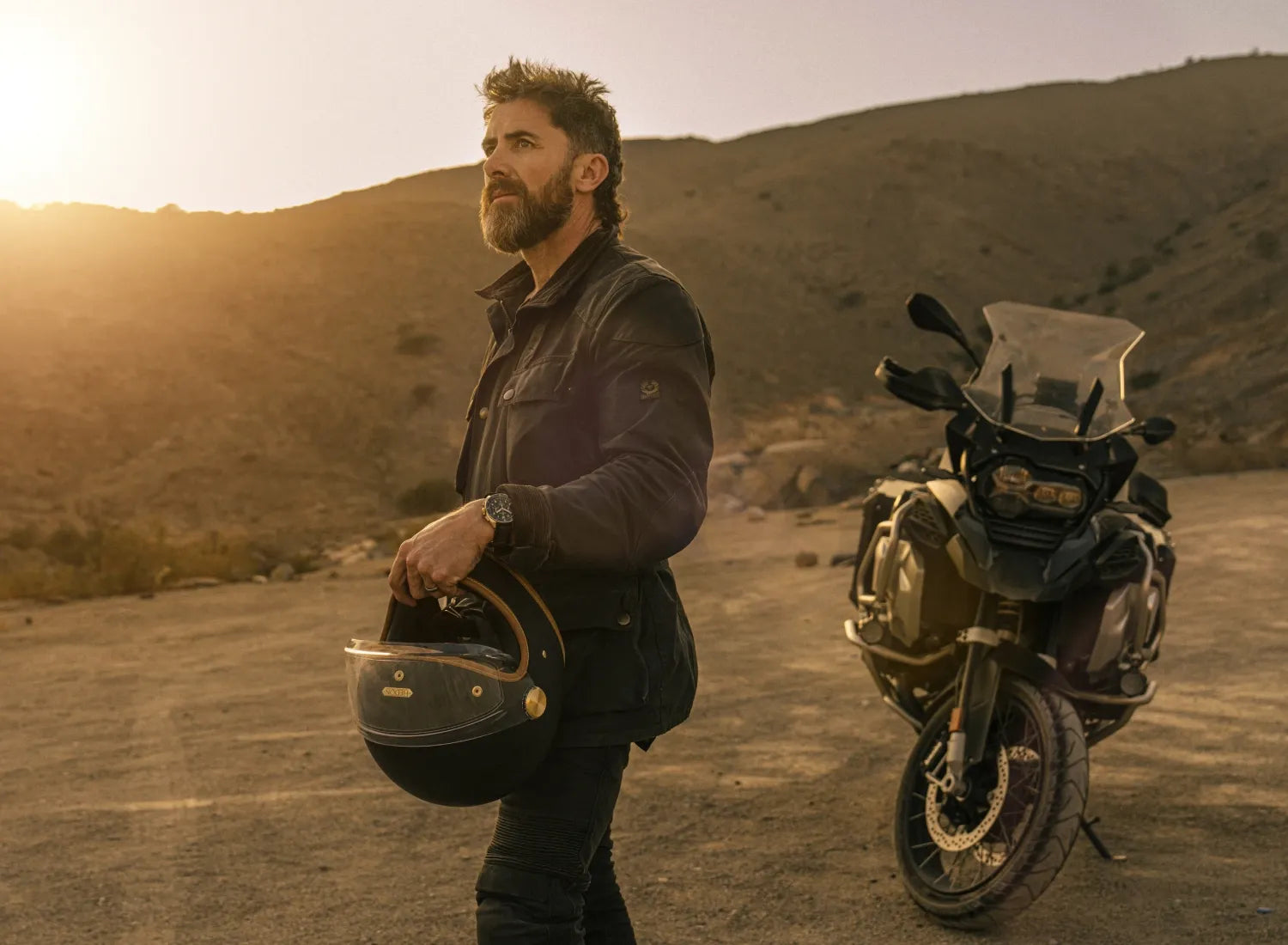Give us a little background on yourself and your profession.
I’m an Adelaide based anaesthetist who has experience in intensive care medicine, aeromedical retrieval, diving and hyperbaric medicine and expedition health. I spent 2 years in Vanuatu working for AusAID with my family which was a very formative time in my career. It opened my eyes to third world health care and the issues people in remote locations face. I thrive on working in austere conditions with small teams and minimal kit.
Tell us about how you got into diving and how that developed into a particular interest in cave diving?
I was diving with family friends from very early on, maybe around 13 years of age. I did my course when I was 15 and never looked back, getting into underwater imaging almost straight away. At university, I was a dive instructor and a group of us thought we’d give cave diving a try just for fun. I didn’t realise that would become a singular obsession that I’d still be involved in over 35 years later!

Dr. Richard Harris with his S2000 Red
Deep sea diving and of course cave diving become more perilous presumably the more advanced you become and embark on increasingly challenging dives?
Yes and no. Of course, complacency is a great danger in any risky environment. Some of the biggest frights I have had, have been in the easiest caves on very routine dives. After many years you have been exposed to numerous minor issues and mishaps so your ability to solve problems underwater without panicking increases. Panic is the greatest threat to a cave diver. However the further you are from the entrance, or the deeper you are underwater, the less forgiving the environment if you make a mistake.
Reportedly the South Australian Police requested your assistance in the recovery of your dear friend Agnes Milowka who tragically passed away cave diving? Do sobering moments like that make you more risk averse when it comes to diving or not? I suppose in a similar way despite the aviation related tragedies that Bremont Co-Founders Nick and Giles English have faced in their lives they remain deeply passionate about flying, so is your love of diving akin to this?
Many cave divers have lost friends to the sport. Naturally it is sobering and makes you reflect on your own practices. Learning from your own mistakes and those of others keeps you safe in an activity where the hazards are obvious. The bottom line is that I have always considered myself risk averse, I plan things to the 'nth' degree and am very careful. I certainly have not been put off the sport.
With over 30 years cave diving experience and numerous diving accolades to date, does anything faze you anymore?
Sure! I am slightly nervous before every dive which I think is healthy. Once my head goes under the water I feel an extraordinary sense or calm and relaxation though. It’s the stuff above the surface that stresses me more than the underwater world.

Dr. Harris and the Castleguard Cave expedition team in front of the Explorers Club flag
When the news broke of the young Thai football team being trapped in the Tham Luang Nang Non cave system, how did you hear about it and become involved in the rescue mission?
Like many people, I read a snippet of news in the corner of a newspaper. Because I have an interest in cave rescue, it caught my eye and I immediately contacted some cave divers in Thailand I knew to offer my services. But it was the British divers who actually found the boys who eventually asked me to come over to help.
How did you feel at the prospect of the situation and the challenges that lay ahead?
A strong mixture of excitement to be involved in something so important, and a sense of dread because I didn’t believe there was any hope of getting the boys and the coach out alive. It seemed completely hopeless.
The best cave divers in the world came together at this time to help in the rescue whilst the world looked on in horror across every news channel. How did you form a rescue strategy and was everyone aligned in the approach?
The team of cave divers were amazing to work with. Everyone was focussed on a common goal. There were no egos, just a strong sense of purpose. The British had of course been there for many days and had a clear view of what they thought was the best plan. I needed 24 hours to catch up then add my views on how I thought their plan could be improved slightly…then we were into it.
Whilst the rescue mission saved every member of the trapped football team, there was a tragedy in the rescue team itself with Saman Kunan, a former Thai Navy Seal, dying of asphyxiation after delivering supplies of air. How did this loss impact the team at the time and did it concern you for the successful recovery of the football team?
Saman died in the early hours of the morning that Craig and I arrived on scene. There was certainly a sombre mood hanging over the camp when we got there. But there was no time to dwell on his death. The forecast was that monsoon rains would return in a few days at most and the plan would require 3 full days to effect. So there was no time to waste.
What’s the biggest technical challenge beyond the obvious one of asphyxiation?
In the rescue, it was how to safely transport the children underwater, under anaesthesia. This has never been attempted before and was completely unprecedented.
You have since been awarded an array of incredibly well-deserved medals, including 2019 Australian of the Year, commending you for your phenomenal courage in rescuing the entire team. How did this feel and has the response been anything you could have anticipated?
I can honestly say that Craig and I returned to Australia almost completely oblivious to the media frenzy that had surrounded this rescue. I thought I would get home on the Friday night, go back to work on Monday and have a good story to tell my grandchildren and that would be about it. Little did I know that my life was about to change forever! It has been a crazy time since and I have been incredibly fortunate to have met some extraordinary people since then, to get involved with some wonderful causes and to travel the globe telling the story. And I still find time to explore caves!
What was the feeling when all twelve children and their coach were safely recovered?
To tell you the truth, I was so exhausted it really didn’t register for 24 hours. But then there were some rather enormous celebrations!

This photo was taken in 2019 when Dr. Harris returned to visit some of the team
Needless to say we feel enormous pride to have you wearing our most technical dive watch, the S2000. How has the watch performed for you and have you been wearing it on your dives?
I love the watch and it attracts a lot of comments. I assumed it would look like an ordinary dive watch but it oozes quality and class. It is easy to read underwater and knowing it has a huge depth rating means it is one less thing I have to worry about on deep dives. I recently explored a cave in New Zealand to a depth of 245m and the Supermarine came up trumps.
Is there anything in particular about Bremont that resonates with you personally?
I love the back story to Bremont. Family owned, low volume, high quality timepieces. And every model comes with a story. Reading that Nims was an ambassador was actually what really got me hooked; he is my hero!

Dr. Harris at Saskatchewan Glacier after exploring Castleguard Cave in Canada
During these challenging times we’re in at present, is there any advice you could offer on how you’ve been coping and keeping spirits up?
My activities have been severely curtailed and I know I am not alone. Many people are doing it tough and some have lost loved ones. I am looking to the future, planning trips and will get life back on track as soon as possible. I am learning new skills like podcasting and improving my video editing. All the jobs you always wanted to do but never had the time. It’s actually a great opportunity in some ways.
The Bremont S2000
Since inception, the Bremont Supermarine range has had a distinctive look and feel. The robust diver’s timepiece features a larger case size at 45mm. Bremont developed the more technical S2000 enabling it to withstand further depths and making it the deepest diving watch within the entire collection. The new S2000 designs feature an updated sapphire uni-directional rotating bezel with 20-minute red marker, which ties in the red tip at the end of the minute hand. The knurled effect on the dial’s centre teamed with clean and crisp linear markings on the bezel and inner dial ring offer a fresh look. Turning the timepiece over reveals its updated case back design showcasing a stamped submarine screw.















